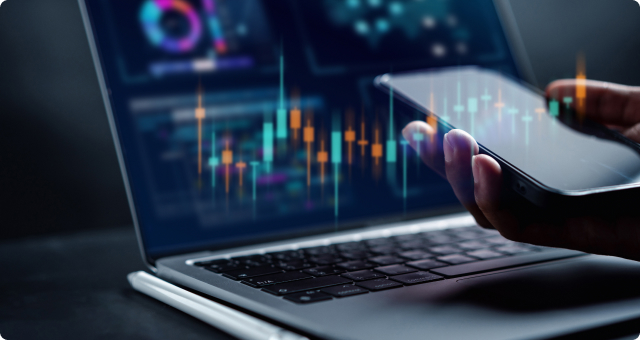
Information Security
For risk management and privacy protection against cyber terrorism or data leakage,HS Hyosung Advanced Materials manages data centered on the information security
organization in accordance with information security regulations and operating standards thereof.







